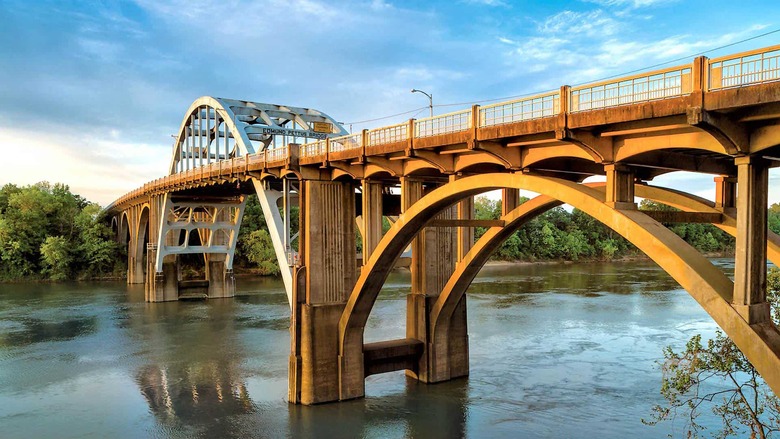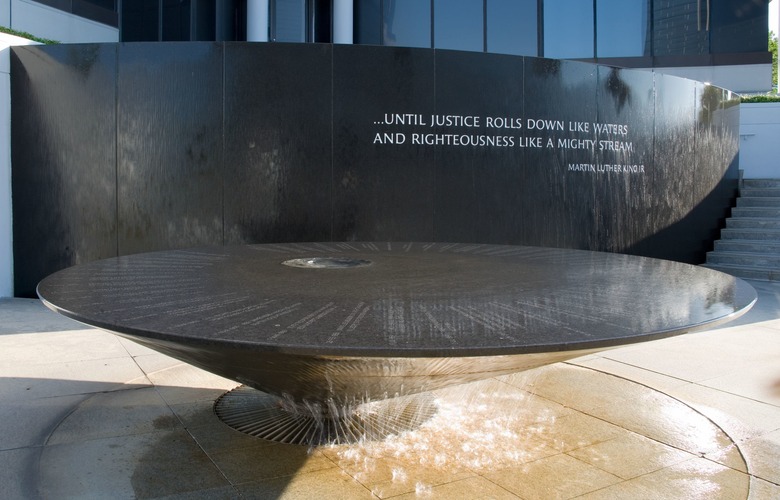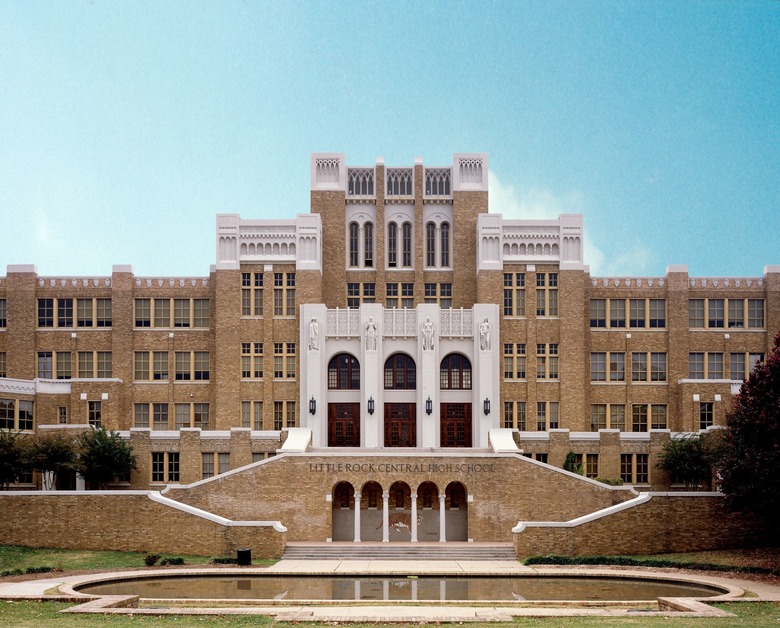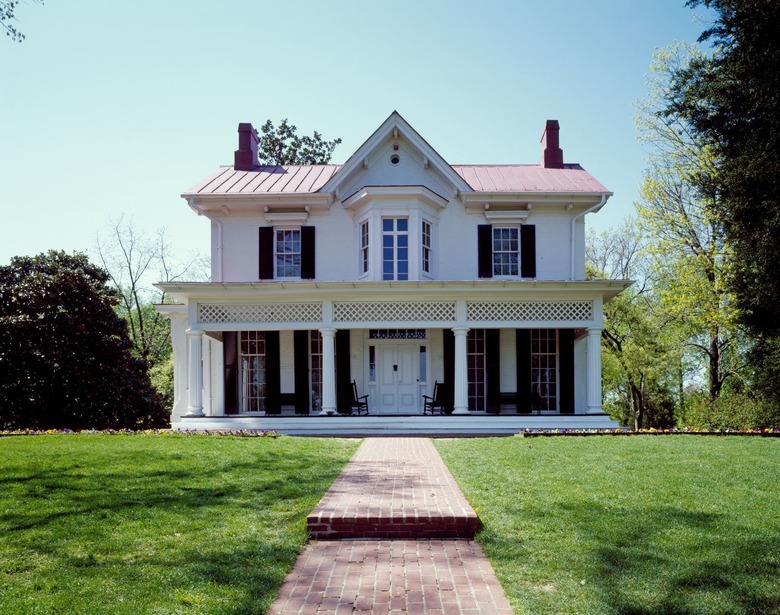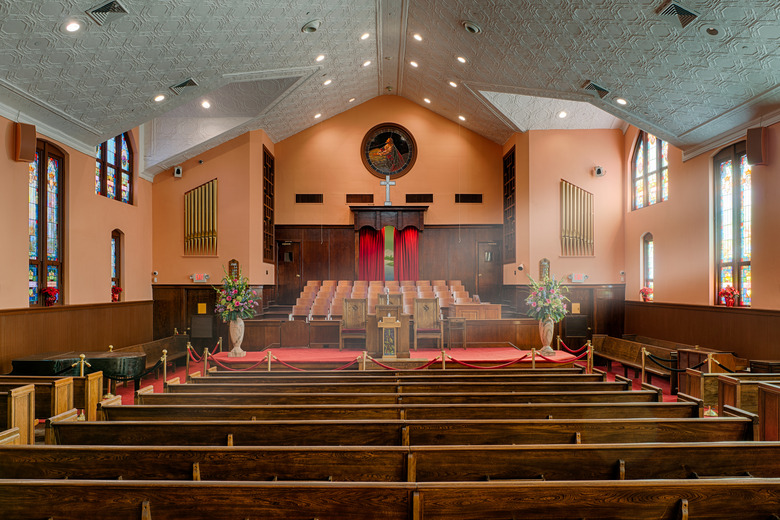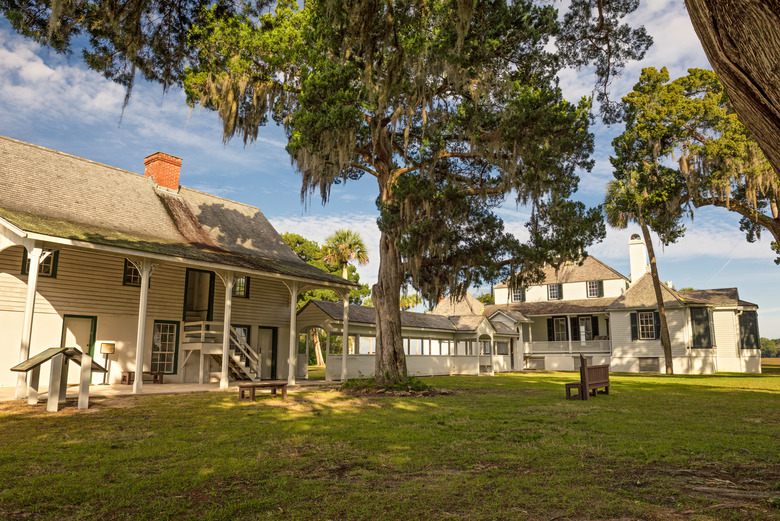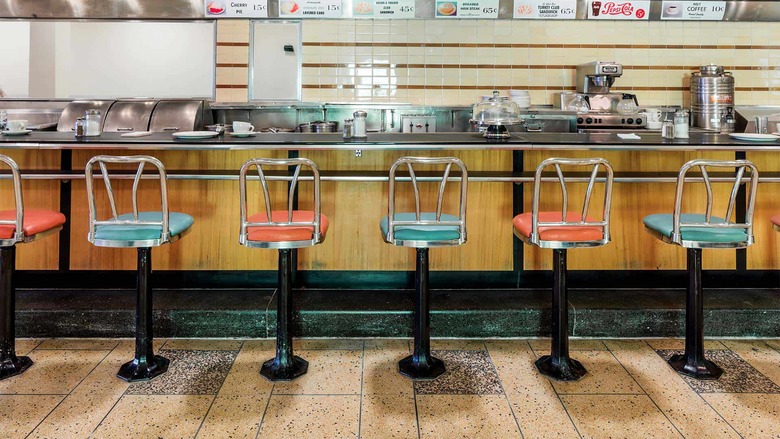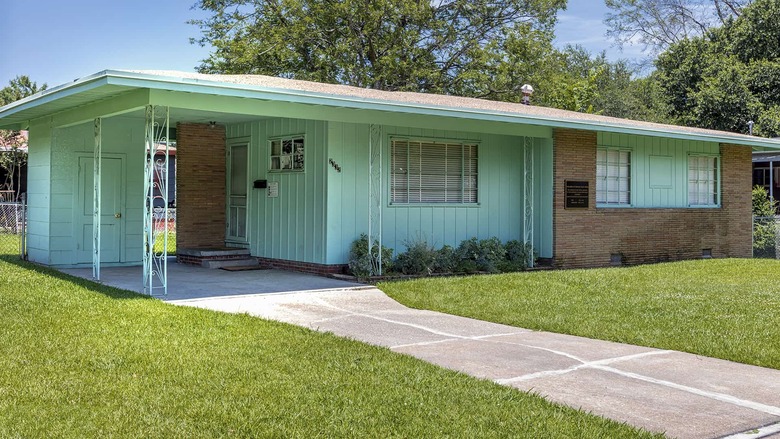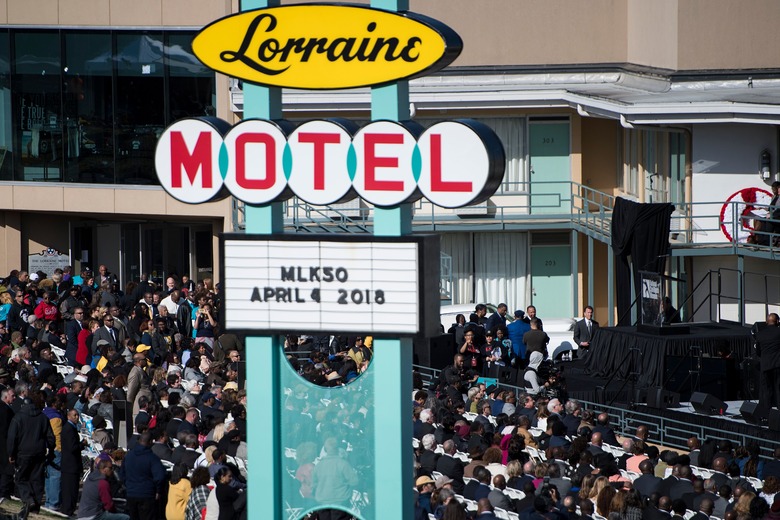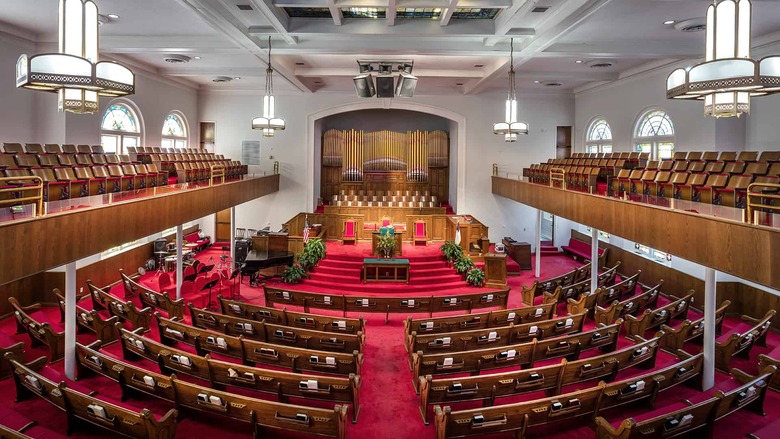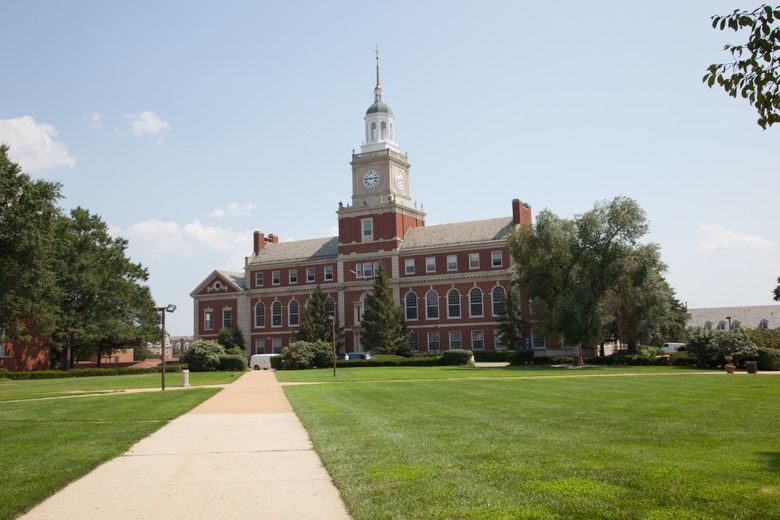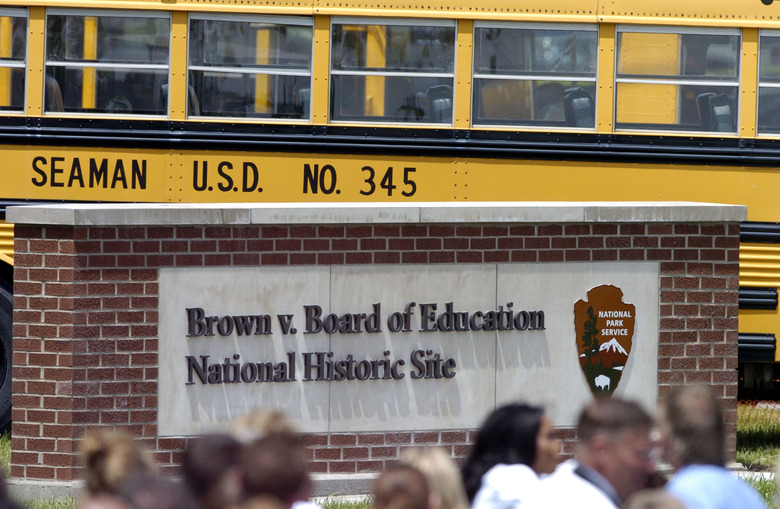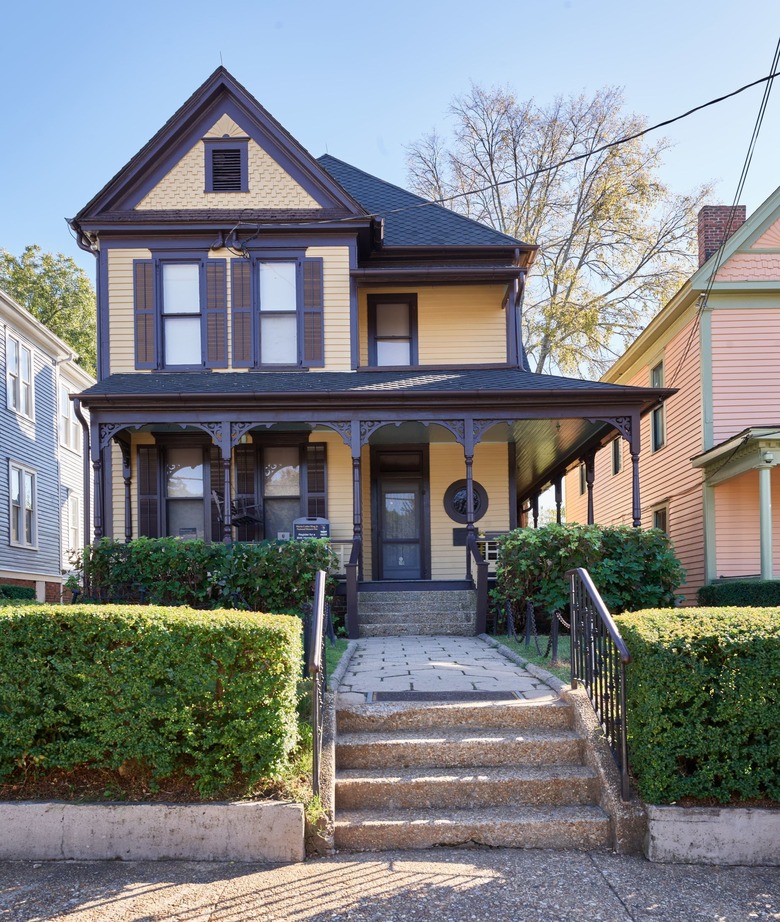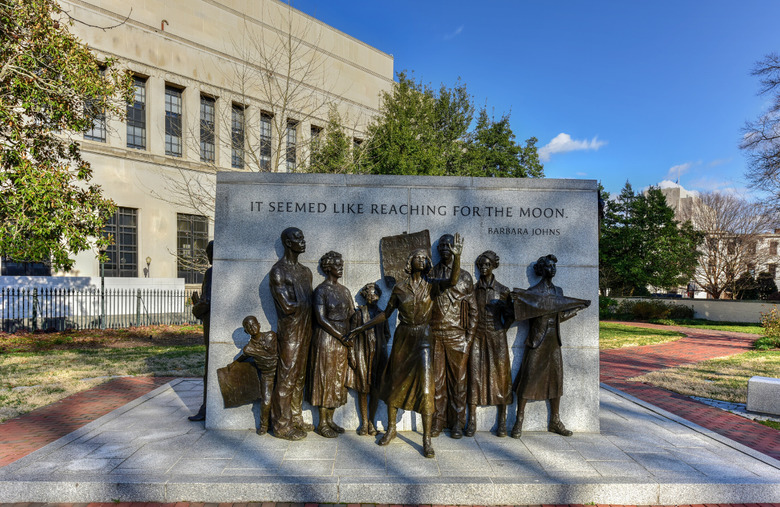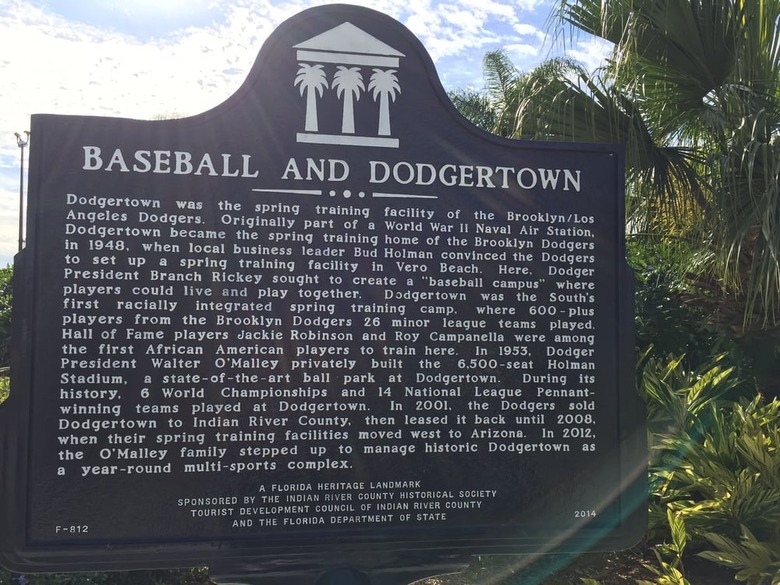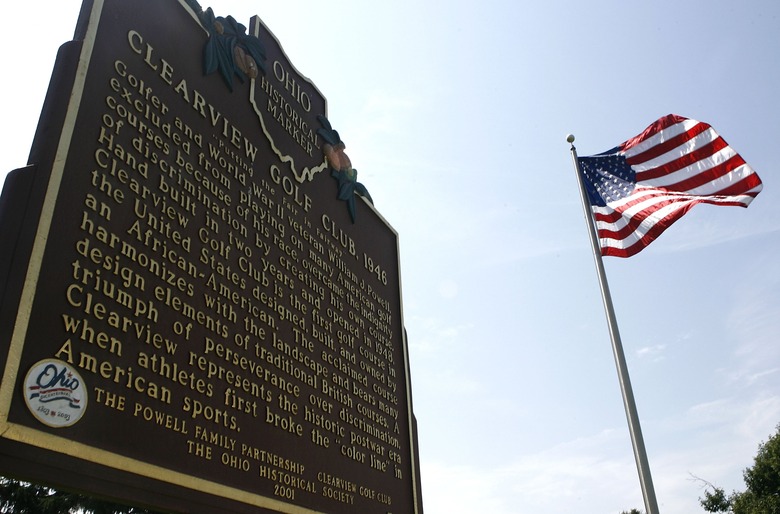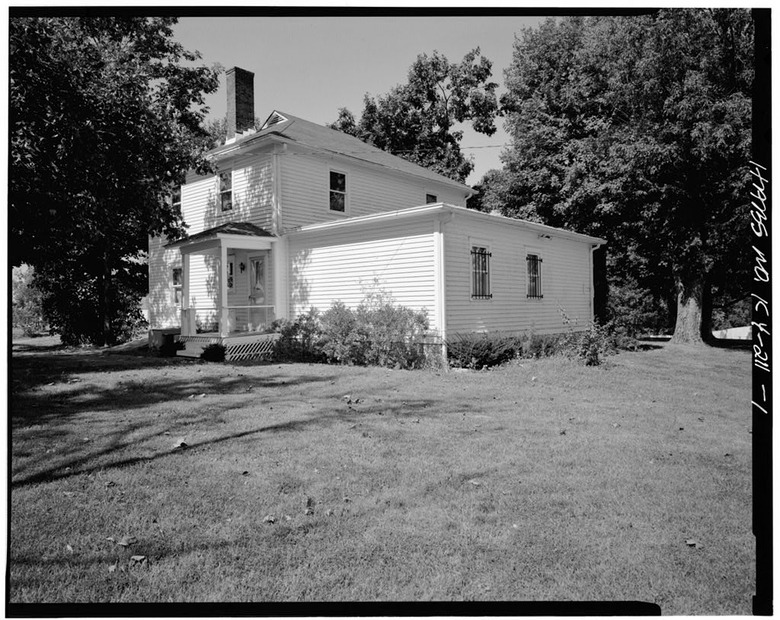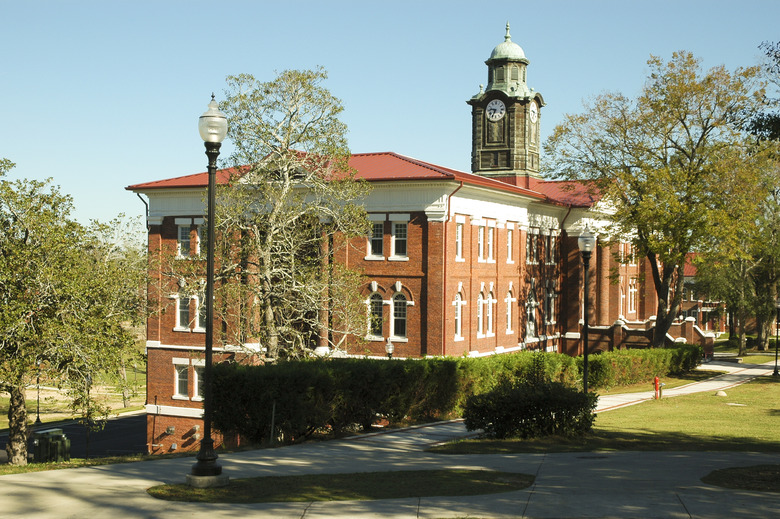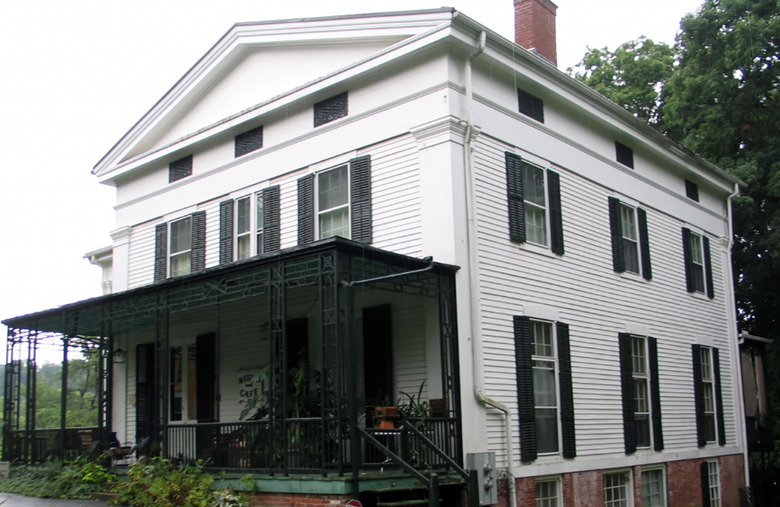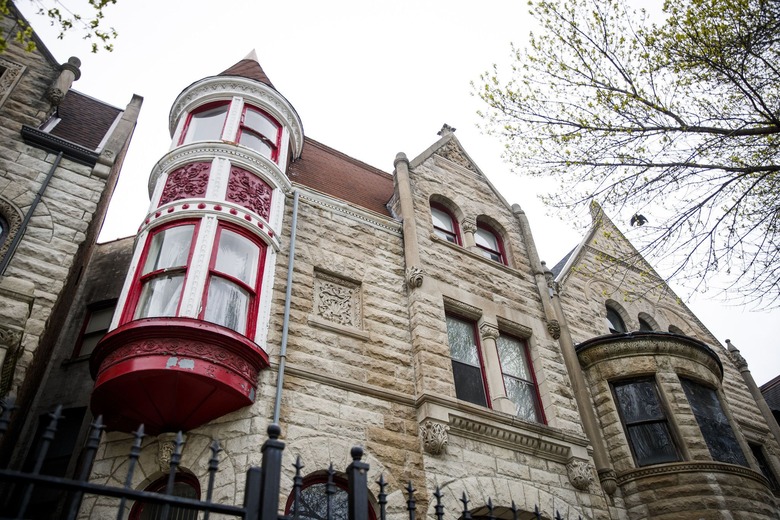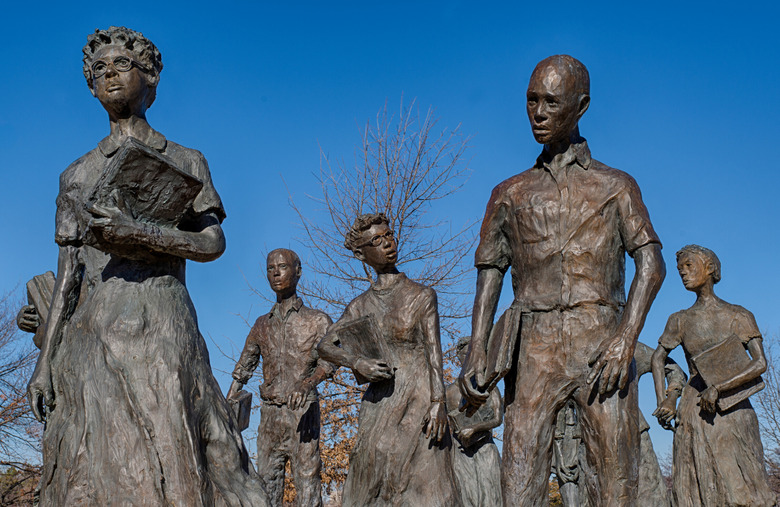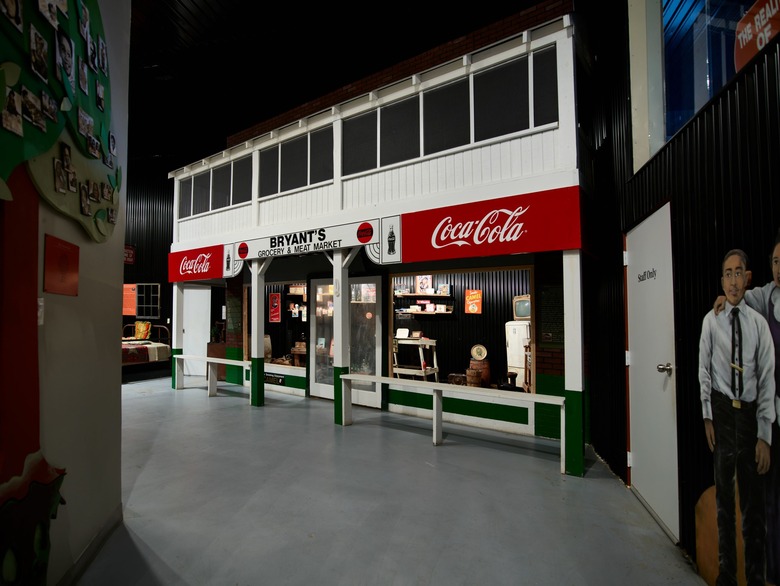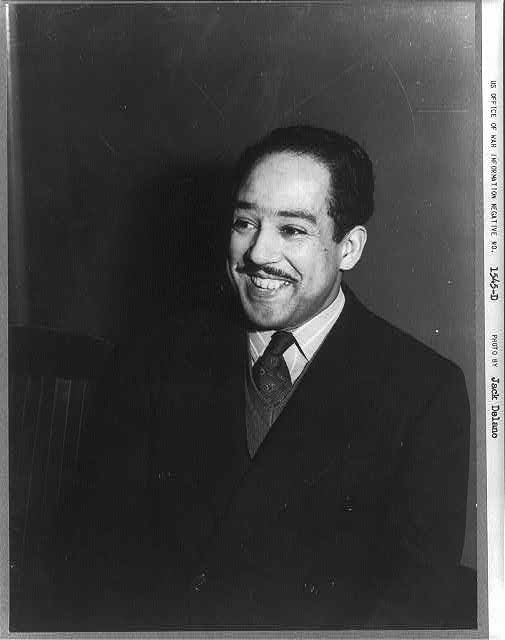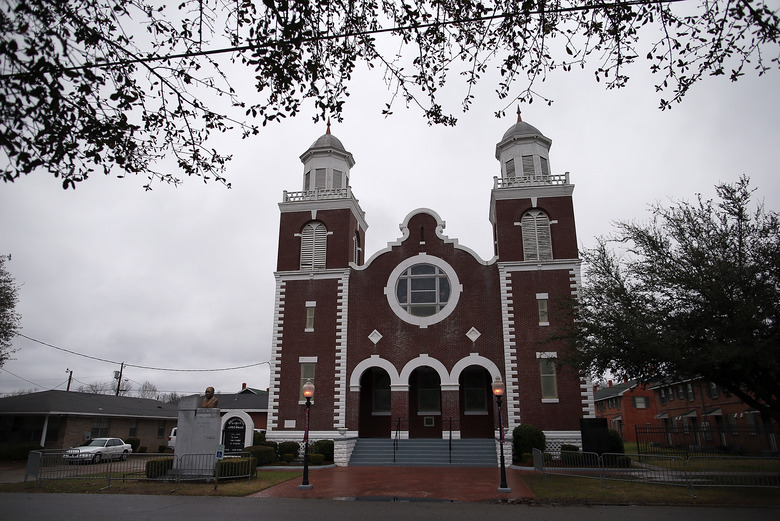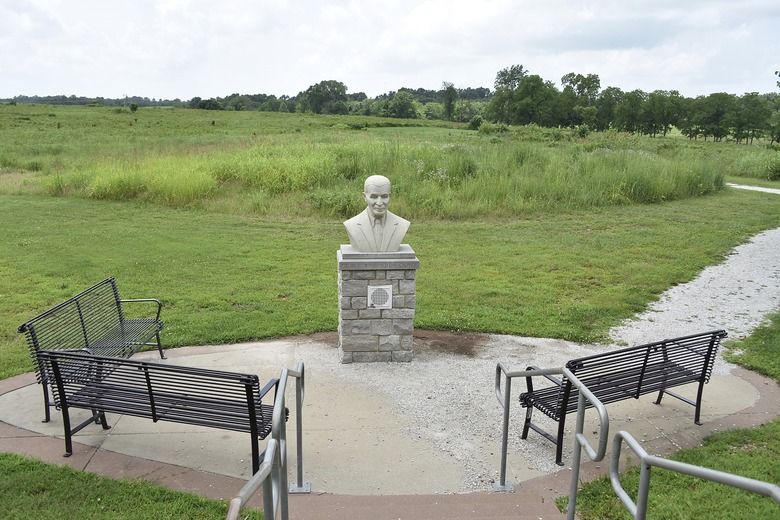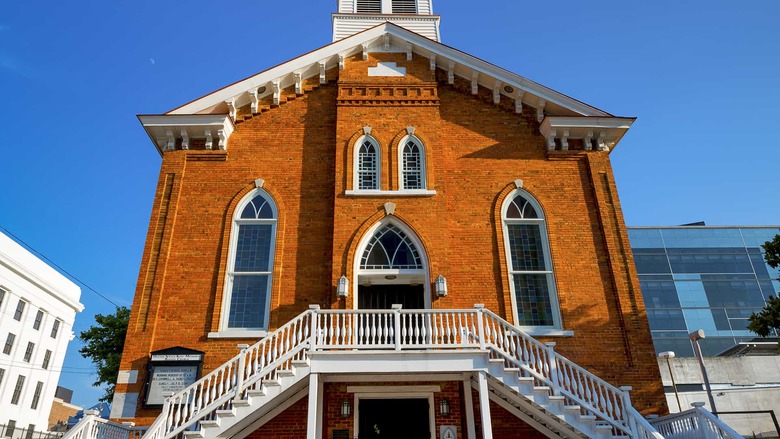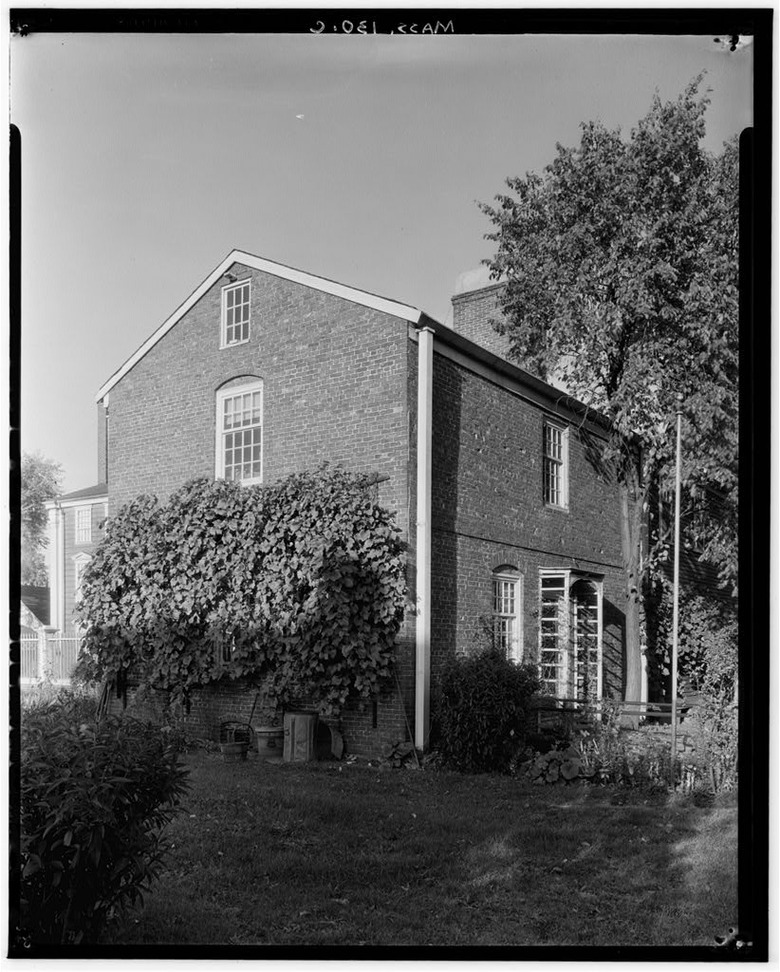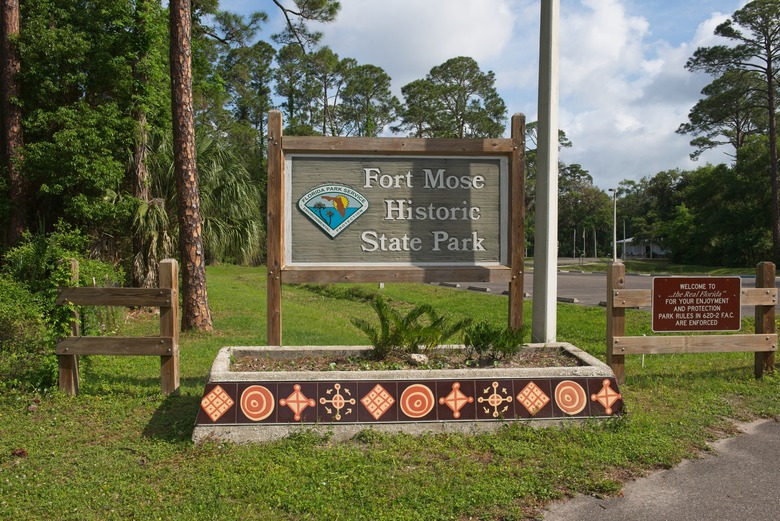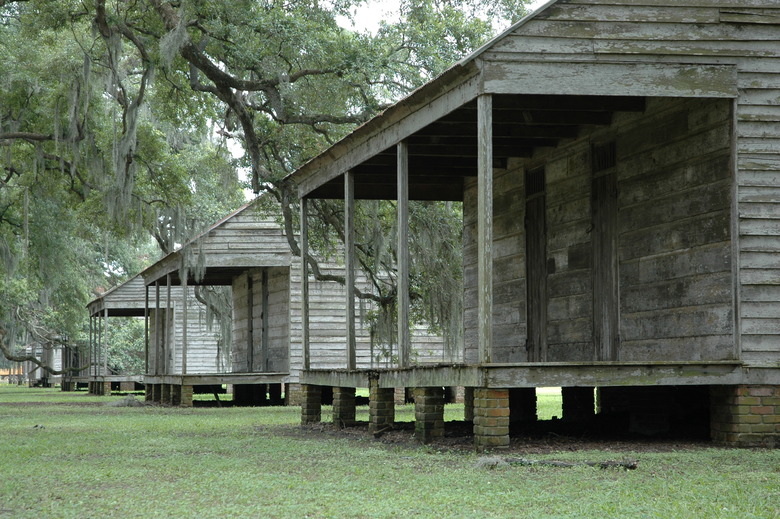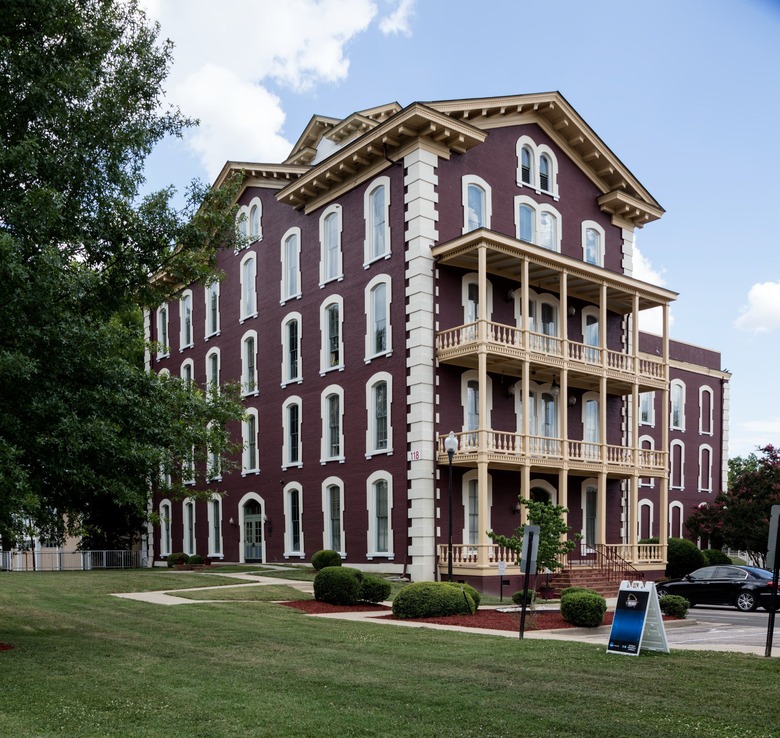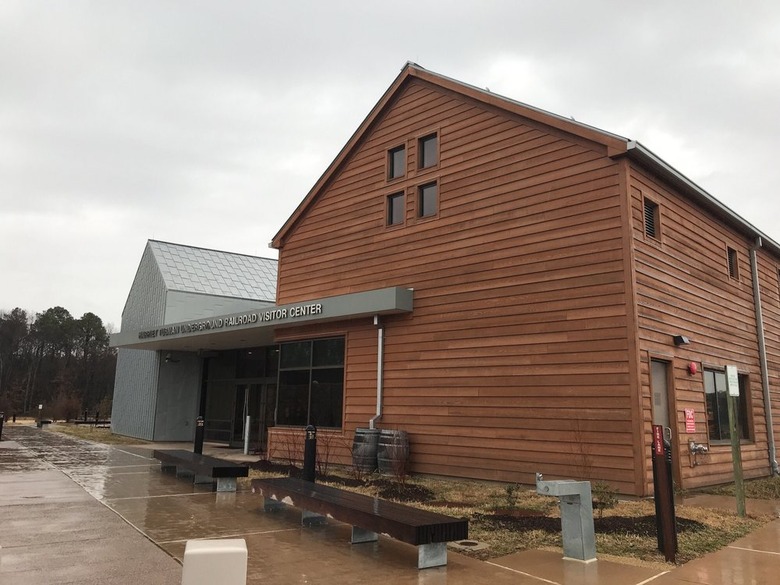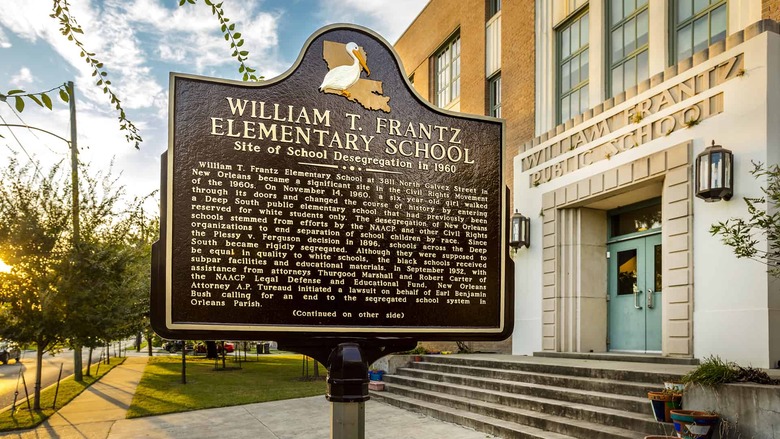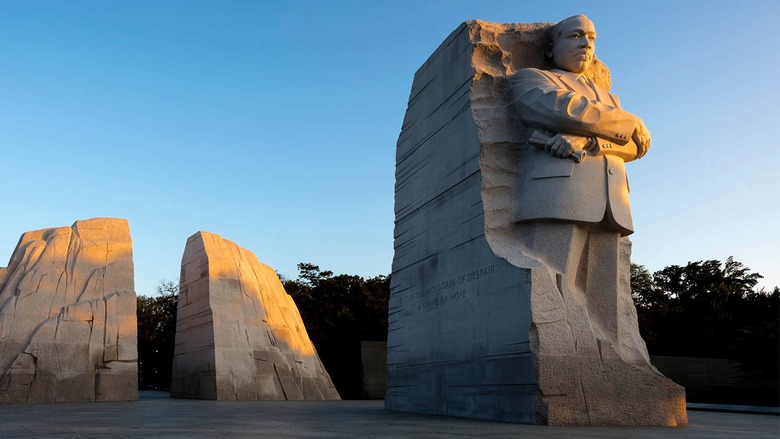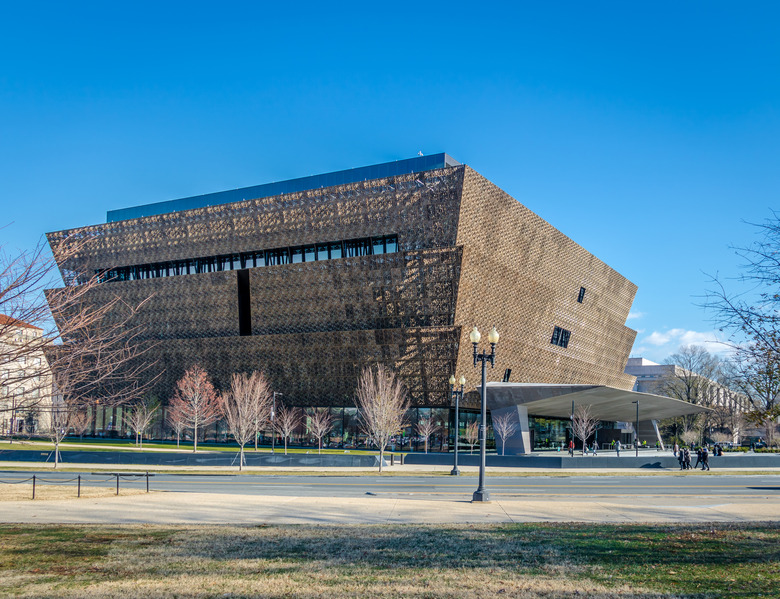Important African American Landmarks Across America
Black Americans have made great contributions to our country, and these American landmarks tell an important story of hope, justice and societal change.
Civil Rights Memorial (Montgomery, Alabama)
The Civil Rights Memorial in Montgomery, Alabama, commemorates those who died in the civil rights movement from 1954 to 1968. It was designed by the same architect who designed the Vietnam Memorial, among other impressive structures.
Little Rock Central High School (Little Rock, Arkansas)
Little Rock, Arkansas, is one of America's best towns, and it's a town with a lot of history. Notably, it's home to Little Rock Central High School where nine African American students were integrated into an all-white high school for the first time in 1957.
Frederick Douglass Cedar Hill House (Washington, DC)
Washington, D.C., is home to a plethora of sites for history buffs including Cedar Hill, the 19th century home of abolitionist leader Frederick Douglass.
Ebenezer Baptist Church (Atlanta, Georgia)
Just a block away from Martin Luther King Jr.'s childhood home is Ebenezer Baptist Church, the church where he was baptized and ordained, later serving as a co-pastor with his father until 1968.
Kingsley Plantation (Jacksonville, Florida)
The historic Kingsley Plantation in Jacksonville, Florida, offers a look into the life of a plantation and slave owner who was married to a former slave. The oldest standing plantation-era house in the state, the site includes 25 slave cabins, a barn, kitchen house and planter's house as well as an outdoor garden.
F.W. Woolworth’s (Greensboro, North Carolina)
What used to be a F.W. Woolworth's lunch counter in Greensboro, North Carolina, is now the site of the International Civil Rights Center and Museum. It was here that the sit-in movement was set off after four North Carolina A&T State College freshmen refused to move from the "whites only" counter.
Edmund Pettus Bridge (Selma, Alabama)
The Edmund Pettus Bridge was where participants in the first march for African American voting rights were brutally beaten in an event that came to be known as "Bloody Sunday." The march on the bridge, which took place in March 1965, led to more marches and the passage of the Voting Rights Act of 1965.
Medgar Evers Home (Jackson, Mississippi)
Civil rights activist Medgar Evers, who was the first field secretary of the NAACP, lived in Jackson, Mississippi, where he was assassinated in his own home, which has since been restored and turned into a museum.
Lorraine Motel (Memphis, Tennessee)
Martin Luther King Jr. was shot and killed on April 4, 1968, as he stood on the balcony at the Lorraine Motel in Memphis, Tennessee. Today, the motel is the site of the National Civil Rights Museum, established in 1991.
16th Street Baptist Church (Birmingham, Alabama)
Many civil rights demonstrations and marches in Birmingham were organized at Alabama's 16th Street Baptist Church, but the most significant event was its bombing in 1963. Four young girls were killed, and a fifth was blinded, drawing international attention to the civil rights struggle. This event helped ensure the passage of the 1964 Civil Rights Act.
Howard University (Washington, DC)
Howard University has one of the most beautiful campuses in America and an impressive history. Frederick Douglass, W.E.B. Du Bois and Martin Luther King Jr. made appearances at the university chapel, and The Founders Library houses the largest collection of documents, letters and oral histories recording the African American experience.
Brown v. Board of Education National Historic Site (Topeka, Kansas)
Topeka, Kansas, is home to the Brown v. Board of Education National Historic Site, located at the restored site of Monroe Elementary School, one of four segregated black elementary schools in Topeka that was part of the landmark Supreme Court case.
Martin Luther King Jr. Birth Home (Atlanta, Georgia)
Atlanta is an important city for many reasons, one of the most notable being its role in the civil rights movement and the birthplace of Martin Luther King Jr. Visitors can tour the home where King was born and raised until age 12.
Virginia Civil Rights Memorial (Richmond, Virginia)
Located in Virginia's capital city of Richmond, the Virginia Civil Rights Memorial recognizes the efforts and struggles of civil rights leaders and activists of the state, most notably Barbara Johns, a student activist who led a walkout protesting poor school conditions.
Jackie Robinson Training Complex (Vero Beach, Florida)
Florida is home to some of the best beaches in the world, and not far from Vero Beach on the state's east coast is the Jackie Robinson Training Complex. It is named for the most famous of its trainees, Jackie Robinson, who helped break racial barriers in the sport in the 1940s when he signed with the Brooklyn Dodgers.
Clearview Golf Club (East Canton, Ohio)
American country clubs and golf facilities have had a long history of discrimination. So, in 1946, William J. Powell built his own golf course in East Canton, Ohio. Clearview Golf Club became the first golf course designed, built and owned by an African American.
Whitney M. Young Jr. Birthplace (Simpsonville, Kentucky)
Civil rights leader Whitney M. Young Jr. was born southwest of Simpsonville, Kentucky, and the home where he was born and raised until the age of 15 still stands in his memory. Young led and expanded the National Urban League in the 1960s and was awarded the Presidential Medal of Freedom in 1968.
Tuskegee Institute (Tuskegee, Alabama)
In the late 19th century, Booker T. Washington founded the Tuskegee Institute, where many African Americans came to receive a higher education. Washington's home still stands today as does the building that housed George Washington Carver's laboratory.
Austin F. Williams Carriagehouse (Farmington, Connecticut)
The Austin F. Williams Carriagehouse in Farmington, Connecticut, was first built by abolitionist Austin F. Williams as a shelter for African captives who had escaped from a Cuba-bound ship from Spain and won their freedom in the U.S. Supreme Court. After the freedmen left, Williams turned their quarters into a carriage house and built his own home, and according to oral tradition, the site was later an important stop on the Underground Railroad.
Ida B. Wells-Barnett House (Chicago, Illinois)
Chicago has been home to many great figures in African American history, including journalist and civil rights activist Ida B. Wells. While not open to the public, her Romanesque Revival-style home can still be seen standing on Chicago's Martin Luther King Drive.
Little Rock Nine Memorial (Little Rock, Arkansas)
The first civil rights monument erected on the grounds of any state capitol in the South, the Little Rock Nine Memorial faces the Arkansas governor's office window. It consists of bronze statues of the nine African American students who led desegregation by enrolling at Little Rock Central High School. Each statue also has a plaque featuring a quote from the student.
Emmett Till Historic Intrepid Center (Glendora, Mississippi)
Emmett Till tragically became a symbol for the civil rights movement at the age of 14 when he was killed as a result of false accusations of harassing a white woman in 1955. The Emmett Till Historic Intrepid Center in Glendora, Mississippi, showcases the story of his life and death as well as the local civil rights movement on the site where killers took materials to bury Till's body.
Langston Hughes House (New York City, New York)
New York City has always been home to many celebrities, and during the Harlem Renaissance, one of its most important figures was writer and poet Langston Hughes. The Harlem home he resided in for the last 20 years of his life is still standing and serves as the home of an arts collective in his honor.
Brown Chapel AME Church (Selma, Alabama)
The march from Selma to Montgomery, Alabama, in March 1965 which would come to be known as "Bloody Sunday," started at Brown Chapel AME Church. Built by a black builder in 1908, the church also marks the start of a trail known as the Selma to Montgomery National Historic Trail, or the All-American Road.
George Washington Carver National Monument (Diamond, Missouri)
Agricultural scientist and inventor George Washington Carver is popularly associated with peanuts, but he promoted the use of multiple crops to improve the lives of poor farmers, even releasing bulletins with recipes for them to use. The George Washington Carver National Monument stands on the site of his boyhood home and has educational, interactive exhibits.
Dexter Avenue King Memorial Baptist Church (Montgomery, Alabama)
The Dexter Avenue King Memorial Baptist Church is a well-preserved, awe-inspiring place of worship that was founded in a slave trader's pen in 1877. Martin Luther King Jr. served as pastor of the church from 1954 to 1960, and it also became the site for organizational meetings for the famous Montgomery Bus Boycott.
Royall House & Slave Quarters (Medford, Massachusetts)
Once the home of Massachusetts's largest slaveholding family, the Royall House & Slave Quarters in Medford is now a museum.
Fort Mose (St. Augustine, Florida)
Charming St. Augustine, Florida, is one of the best coastal towns in America, and it has a long, storied history as well. One of its best historic sites is Fort Mose, the site of the first legally sanctioned free black settlement in the United States.
Evergreen Plantation (Wallace, Louisiana)
The former sugar cane plantation dates back to 1777, when the first house was built. On the National Register of Historic Places, it is regarded as the most intact plantation in the South with 37 buildings — 22 of which were cabins that housed slaves.
Estey Hall at Shaw University (Raleigh, North Carolina)
In 1874, Estey Hall was built in Raleigh as the first building in the country specifically built for the higher education of African American women.
Harriet Tubman Underground Railroad National Monument (Church Creek, Maryland)
The Harriet Tubman Underground Railroad National Monument on Maryland's Eastern Shore stands as a testament to her life and work to free enslaved people across the country.
William Frantz Elementary School (New Orleans, Louisiana)
In New Orleans in 1960, 6-year-old Ruby Bridges became the first black student at William Frantz Elementary School. Today, the school remains a symbol of hope and change. A statue of Ruby stands in the school's courtyard and one of the classrooms in what is now named Akili Academy has been restored to how it looked when she attended.
Martin Luther King Jr. Memorial (Washington, DC)
One of the most striking memorials in Washington, D.C., is the 30-foot statue of Martin Luther King Jr. surrounded by a 450-foot-long wall featuring 14 of his quotes. The free monument is open 24 hours a day and is surrounded by lovely cherry blossoms in the spring.
National Museum of African American History and Culture (Washington, DC)
The newest addition to the Smithsonian Institute's museums, the National Museum of African American History and Culture is the only national museum solely dedicated to the African American experience, culture and history. Having only just opened its doors in 2016, it's one of the ultimate experiences across the country for any American.
